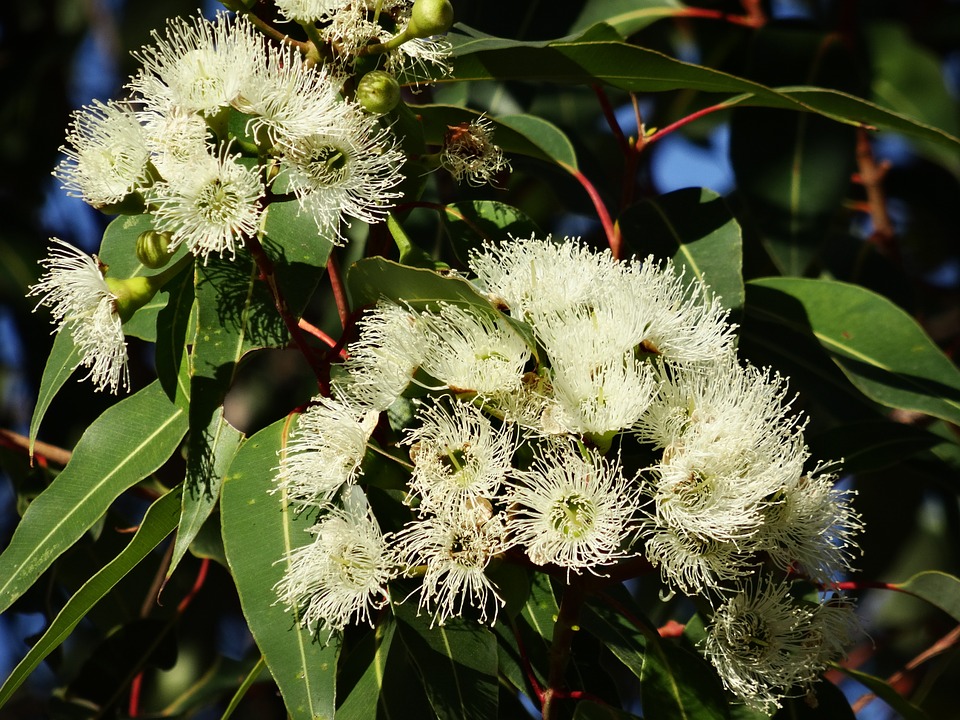Addition of rice hulls in different substrates to Eucalyptus globulus seedlings production
DOI:
https://doi.org/10.20873/jbb.uft.cemaf.v5n1.figueredoKeywords:
organic substrate, seedlings production, substrates compositionAbstract
The production of forest seedlings is dependent of the processes of germination, root initiation and formation of roots and shoots, which influence indirectly the seedlings quality and they depend of substrate composition. Therefore, it was aimed to evaluate the addition of rice hulls in different substrates to better seedlings quality in Eucalyptus globulus. The experiment was conducted in a completely randomized design with four replications in a factorial scheme 3x5 , with three uncommercial substrates PlantFlorest I, II and III in the first factor, and proportions of 0, 25, 50, 75 and 100% of rice hulls in the second, plus Bioplant® commercial substrate. The plants were evaluated 65 days after sowing (DAS). E. globulus seedlings produced in the substrates PlantFlorest have higher performance for all evaluated variables compared to Bioplant® substrate. The addition of rice hulls in proportions under 50% provides better results for analyzed parameters,and using of substrate PlantFlorest III pure provides the seedlings production with higher IQD.

Published
How to Cite
Issue
Section
License
Copyright (c) 2024 - Journal of Biotechnology and Biodiversity

This work is licensed under a Creative Commons Attribution 4.0 International License.
Authors who publish with this journal agree to the following terms:
Authors retain copyright and grant the journal right of first publication with the work simultaneously licensed under a Creative Commons Attribution License (CC BY 4.0 at http://creativecommons.org/licenses/by/4.0/) that allows others to share the work with an acknowledgement of the work's authorship and initial publication in this journal.
Authors are able to enter into separate, additional contractual arrangements for the non-exclusive distribution of the journal's published version of the work (e.g., post it to an institutional repository or publish it in a book), with an acknowledgement of its initial publication in this journal.
Authors are permitted and encouraged to post their work online (e.g. in institutional repositories or on their website) prior to and during the submission process, as it can lead to productive exchanges, as well as earlier and greater citation of published work (Available at The Effect of Open Access, at http://opcit.eprints.org/oacitation-biblio.html).


